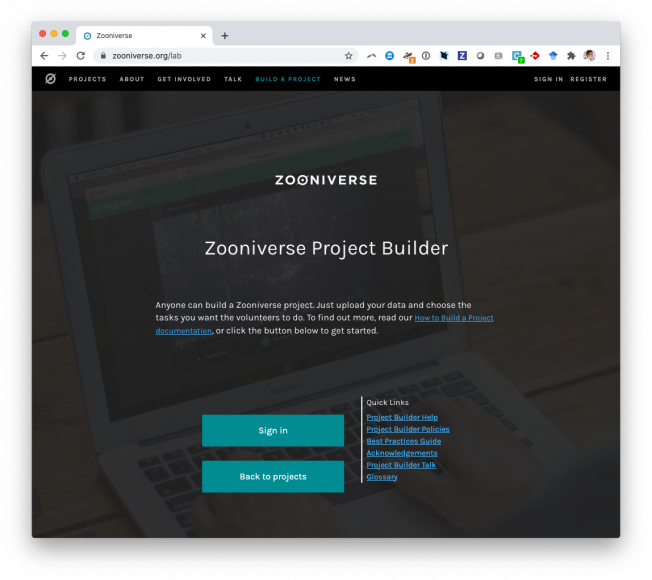Gems of the Galaxy Zoos—A Wide-ranging Hubble Space Telescope Gap-filler Program* *This research is based on observations made with the NASA/ESA Hubble Space Telescope obtained from the Space Telescope Science Institute, which is operated by the Association of Universities for Research in Astronomy, Inc., under NASA contract NAS 5-26555. These observations are associated with program 15445.
The Astronomical Journal American Astronomical Society 163:4 (2022) 150
The seventeenth data release of the sloan digital sky surveys: complete release of MaNGA, MaStar, and APOGEE-2 data
Astrophysical Journal Supplement American Astronomical Society 259:2 (2022) 35
Abstract:
This paper documents the seventeenth data release (DR17) from the Sloan Digital Sky Surveys; the fifth and final release from the fourth phase (SDSS-IV). DR17 contains the complete release of the Mapping Nearby Galaxies at Apache Point Observatory (MaNGA) survey, which reached its goal of surveying over 10,000 nearby galaxies. The complete release of the MaNGA Stellar Library accompanies this data, providing observations of almost 30,000 stars through the MaNGA instrument during bright time. DR17 also contains the complete release of the Apache Point Observatory Galactic Evolution Experiment 2 survey that publicly releases infrared spectra of over 650,000 stars. The main sample from the Extended Baryon Oscillation Spectroscopic Survey (eBOSS), as well as the subsurvey Time Domain Spectroscopic Survey data were fully released in DR16. New single-fiber optical spectroscopy released in DR17 is from the SPectroscipic IDentification of ERosita Survey subsurvey and the eBOSS-RM program. Along with the primary data sets, DR17 includes 25 new or updated value-added catalogs. This paper concludes the release of SDSS-IV survey data. SDSS continues into its fifth phase with observations already underway for the Milky Way Mapper, Local Volume Mapper, and Black Hole Mapper surveys.Observations of the initial formation and evolution of spiral galaxies at 1 < z < 3 in the CANDELS fields
Monthly Notices of the Royal Astronomical Society Oxford University Press (OUP) 511:1 (2022) 1502-1517
Planet Four: Derived South Polar Martian Winds Interpreted Using Mesoscale Modeling
The Planetary Science Journal American Astronomical Society 3:2 (2022) 31
Quantifying the poor purity and completeness of morphological samples selected by galaxy colour
Monthly Notices of the Royal Astronomical Society Oxford University Press (OUP) 510:3 (2022) 4126-4133



